The General Secretary of the Supreme Leader attaches great importance to the protection of cultural and natural heritage and pays attention to protecting the roots of Chinese civilization. Since the 18th National Congress of the Communist Party of China, the general secretary’s "cultural footprint" has spread all over the country, and his "cultural entrustment" has a profound meaning and is thought-provoking.
The text is contained in the marrow of things and families. These lovely cultural relics "expression packs" contain the era significance of cultural inheritance emphasized by the general secretary. June 10th is the Cultural and Natural Heritage Day. Let’s look at the cultural relics in a different way. Through these lovely cultural relics "expression packs", we can understand the significance of inheriting and carrying forward the excellent Chinese traditional culture emphasized by the General Secretary.
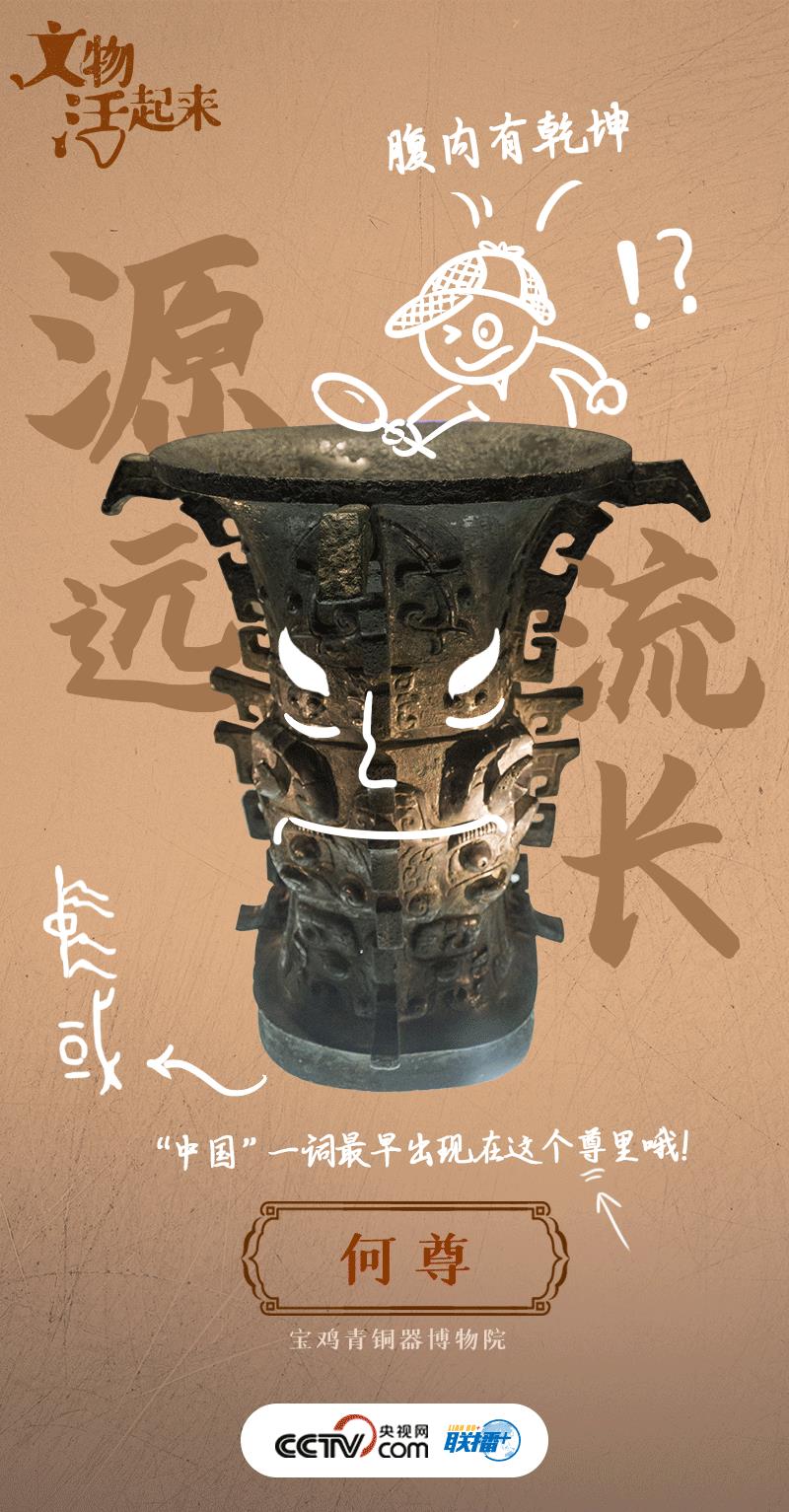
More cultural relics:
He Zun, a bronze ritual vessel of the Western Zhou Dynasty (1046 BC-771 BC) containing wine. There are 12 lines and 122 ancient Chinese characters engraved on the internal pedestal, which records the conversation between two teenagers about how to make the country prosperous and inherit the glory of their parents 3000 years ago. Among them, "Zhai Zi China, Zi Zi Wa Min" is the earliest source of the Chinese character combination "China".
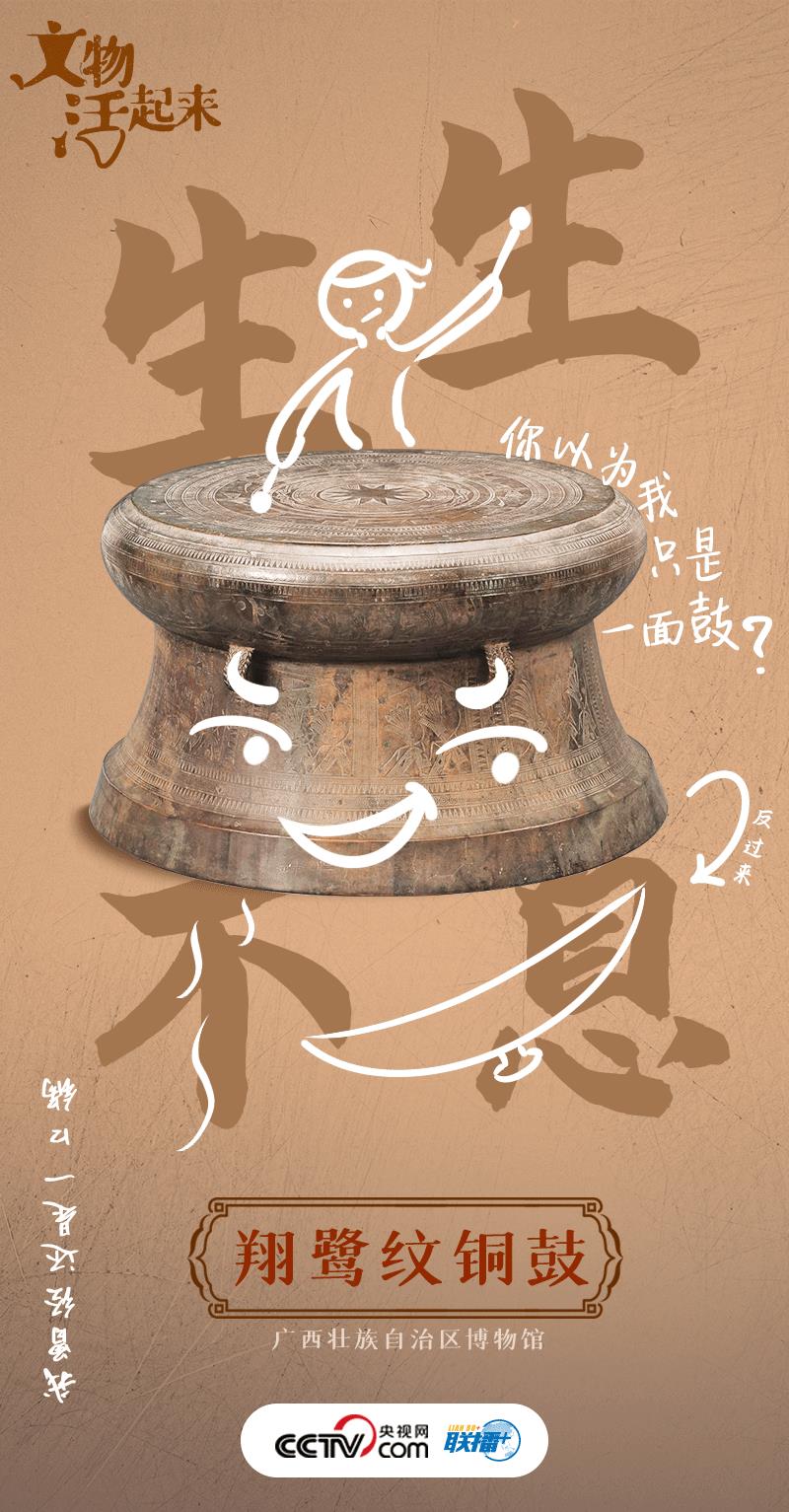
More cultural relics:
The bronze drum is made of copper, with a bottomless surface and a thin hollow wall. It first evolved from the copper kettle for cooking. This bronze drum with Xiang Lu pattern has a diameter of nearly 60 cm and weighs 30.75 kg, which shows that the owner of the bronze drum has an unusual status. In addition to being "big and heavy", the bronze drum with Xianglu pattern is also the most exquisite of all the bronze drums that have survived in the world.
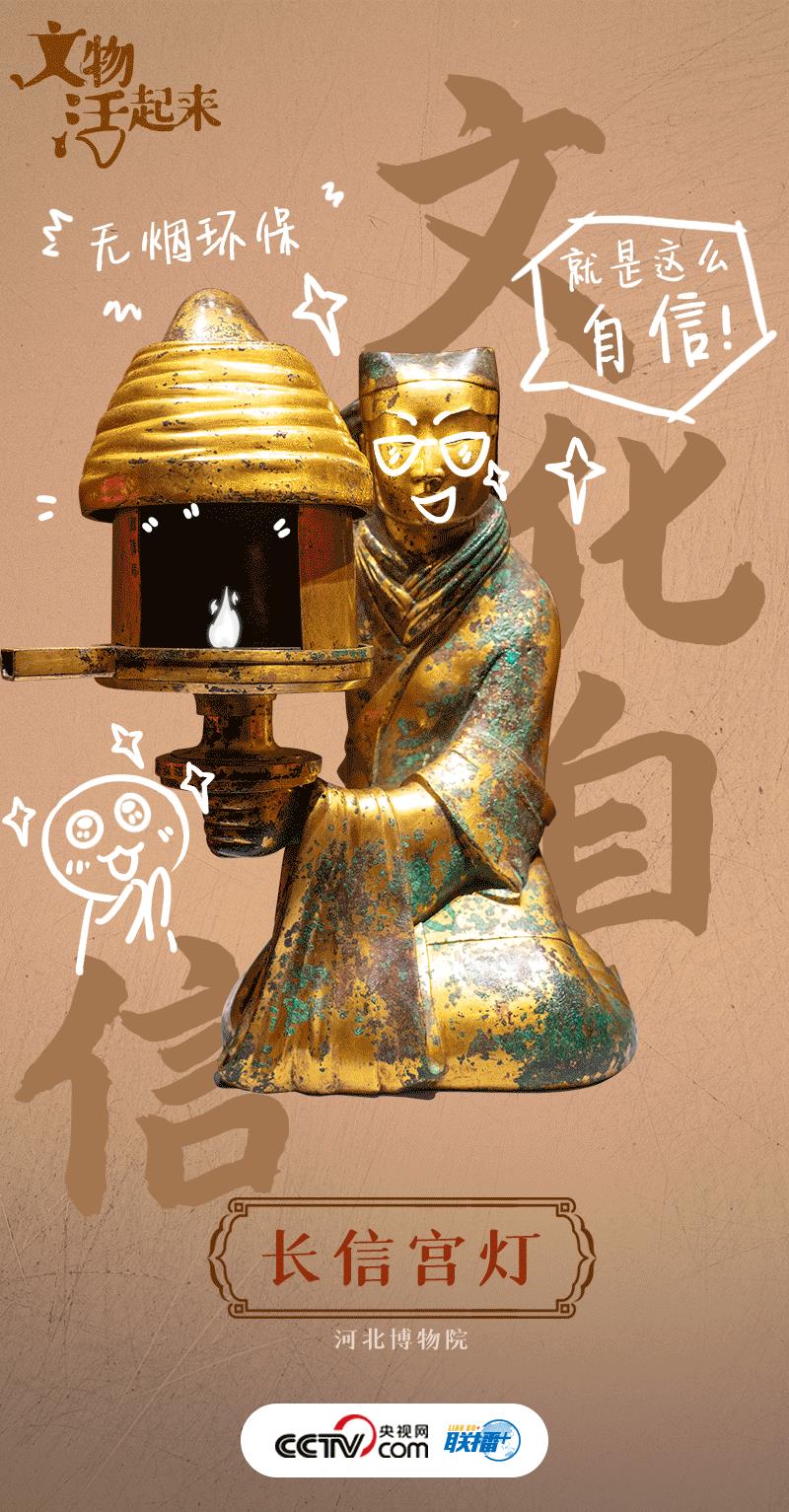
More cultural relics:
This lamp came from the Western Han Dynasty (202 BC-8 AD), and it was named Changxin Palace Lantern because its body was engraved with the inscription "Always believing in bathing". Changxin Palace Lantern is ingenious in design, and it is the only bronze lamp in the Han Dynasty. The whole lamp is divided into six parts, each of which can be easily disassembled and reassembled. The sleeves of the ladies-in-waiting are connected with their bodies to form a smoke exhaust passage. The environmental protection design concept is unique and advanced, and it is known as the "Yi Deng in China".
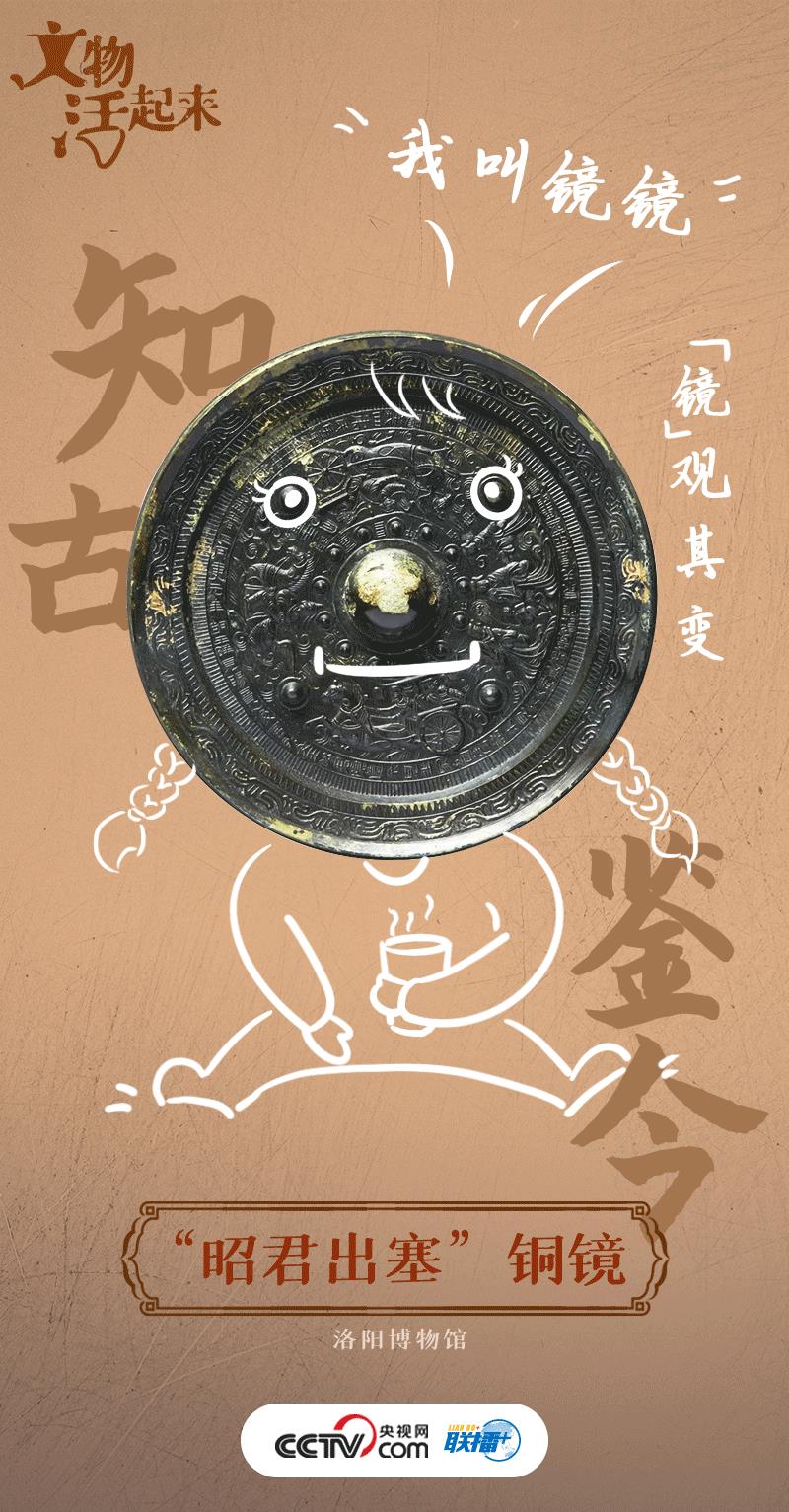
More cultural relics:
This bronze mirror belongs to the Eastern Han Dynasty (A.D. 25-A.D. 220), which records the historical facts of Zhaojun’s departure from the fortress, and proves in kind that the story of Zhaojun and his relatives has been widely circulated in the Eastern Han Dynasty. What’s more commendable is that the inscription on the bronze mirror reads "Go to China to deal with the conference semifinals" and "Don’t use China for the military revolution", and the words "China" appear twice. This is the earliest known physical evidence that clearly compares the Central Plains Dynasty with the extraterritorial regime and calls itself "China".
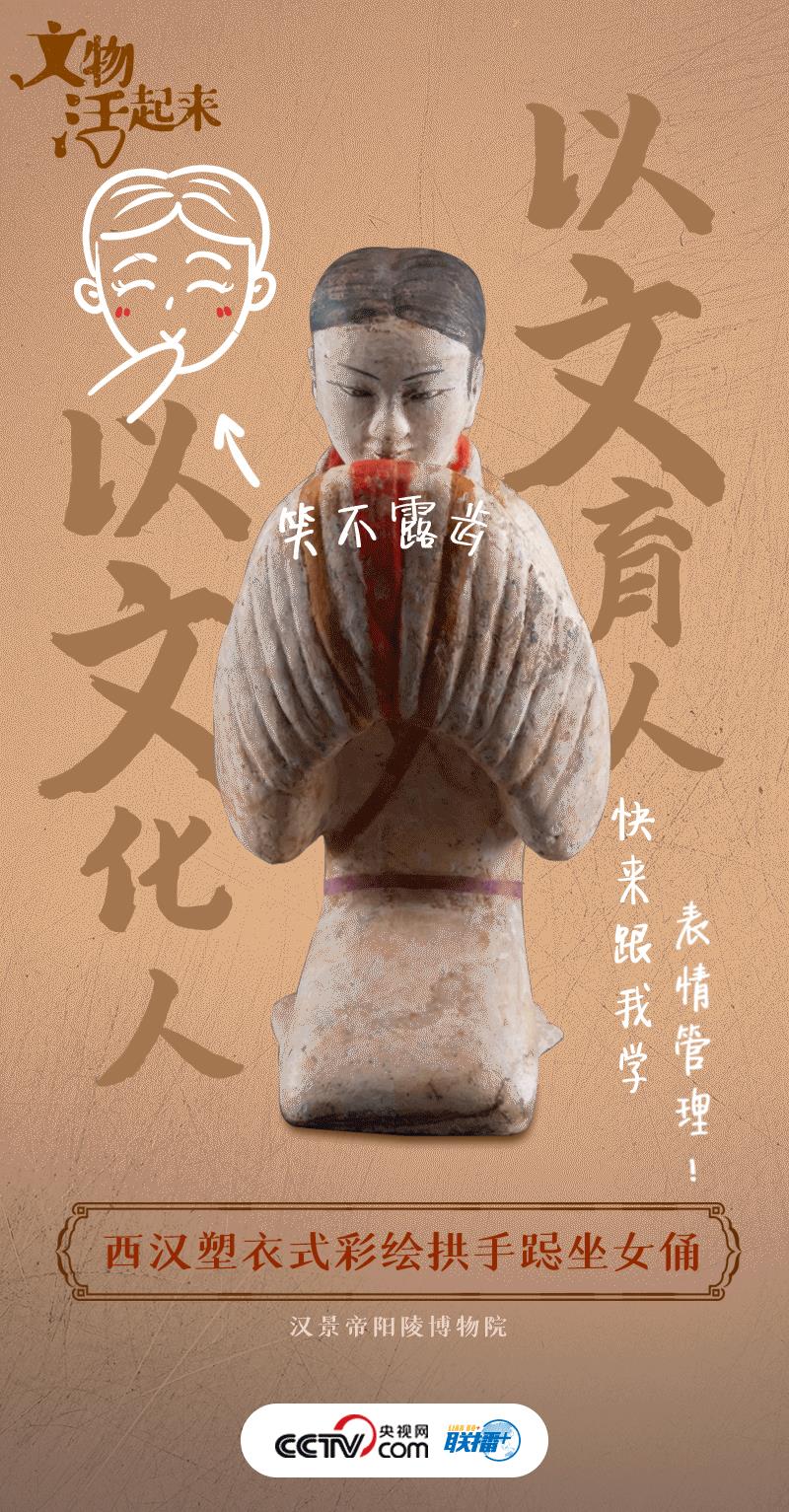
More cultural relics:
In 1997, this female figurine, which is recognized as the most beautiful, was unearthed in Zhou Ying’s tomb in the Eastern Burial Cemetery of Hanyang Mausoleum in Xianyang City, Shaanxi Province. It is the most complete, elegant, exquisite and beautiful piece of cultural relics representing the image of women in the Han Dynasty in China.
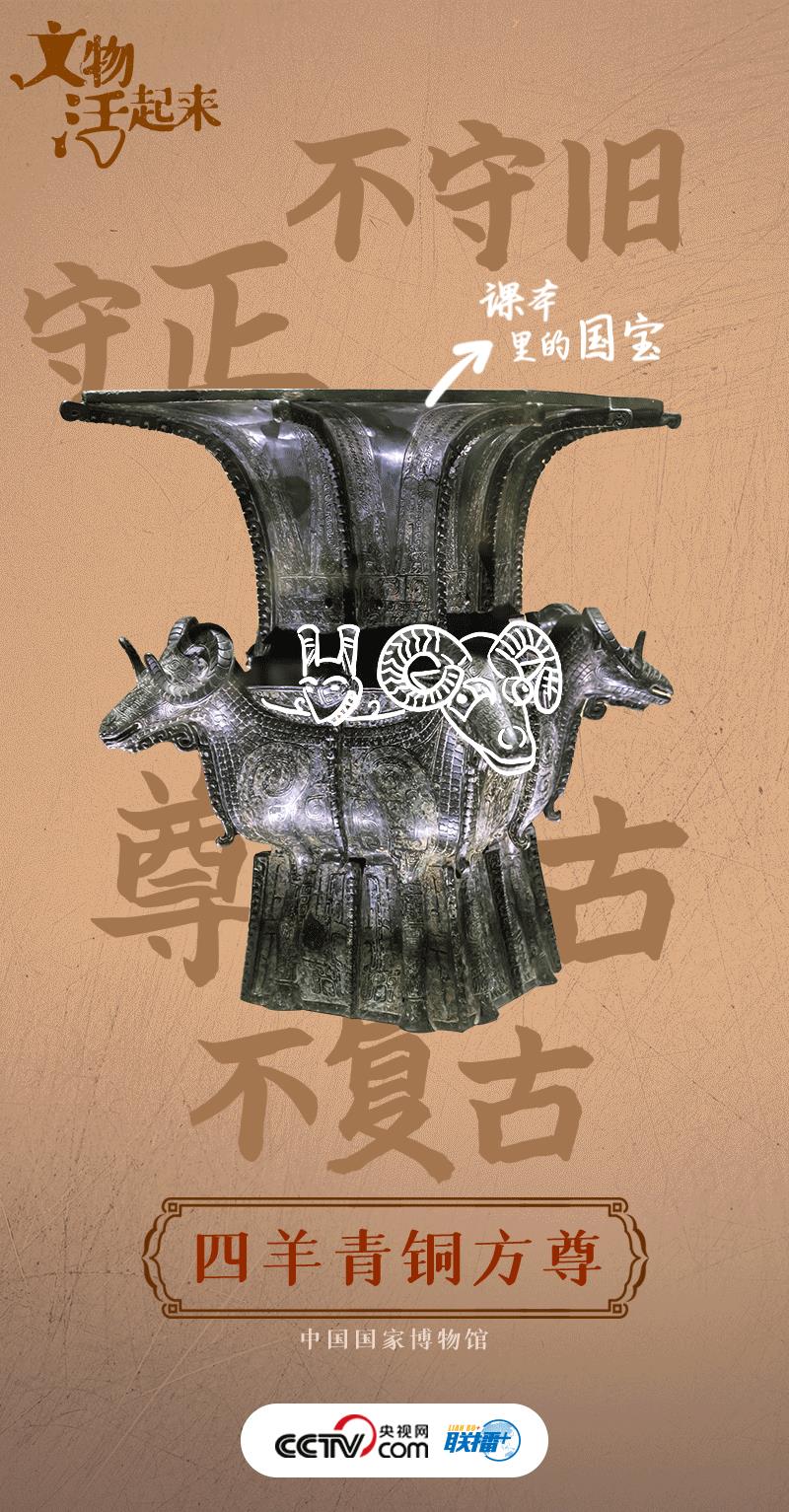
More cultural relics:
The four sheep square statue is magnificent in shape and ingenious in design, with one sheep in each corner, and a pair of horned dragons in the middle of each side, with exquisite patterns and smooth lines. The statue adopts the decorative technique of combining round carving with relief, and skillfully combines the four sheep with the body, which embodies the original sheep totem worship. The whole object was cast by block method in one go, which showed a superb casting level and was called "the ultimate bronze model" by historians.
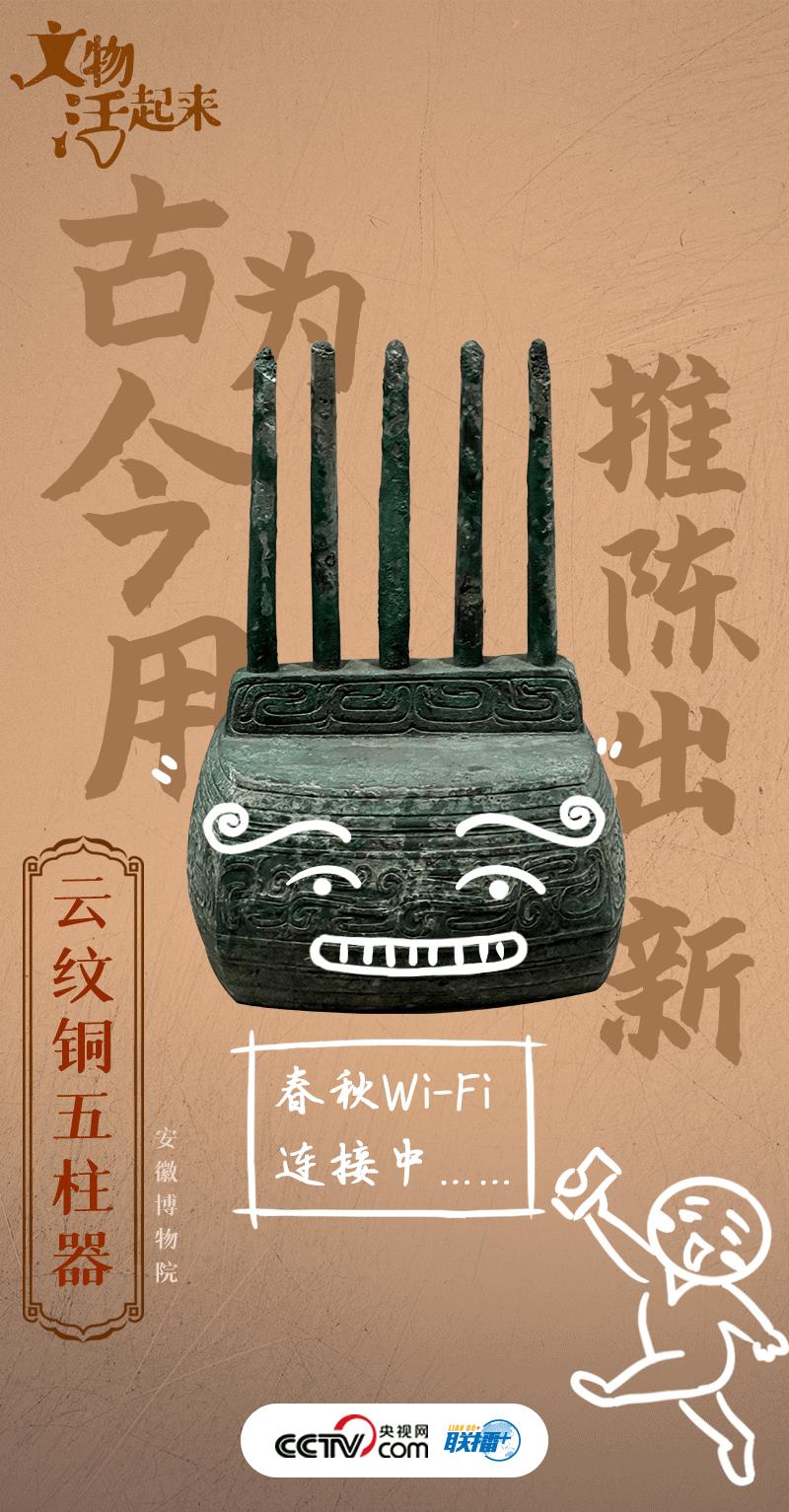
More cultural relics:
This cultural relic is called "Five-Pillar Ware of Moire Copper", dated to the Western Zhou Dynasty (1046-771 BC), and its use remains to be tested. Some people thought it was a musical instrument in the early years, but this view was quickly denied. Later, some people thought it was the base of something, but it was also vague. Others think that it is the base of the ancestral tablet when the ancients sacrificed their ancestors. This view also needs to be demonstrated in academic circles.
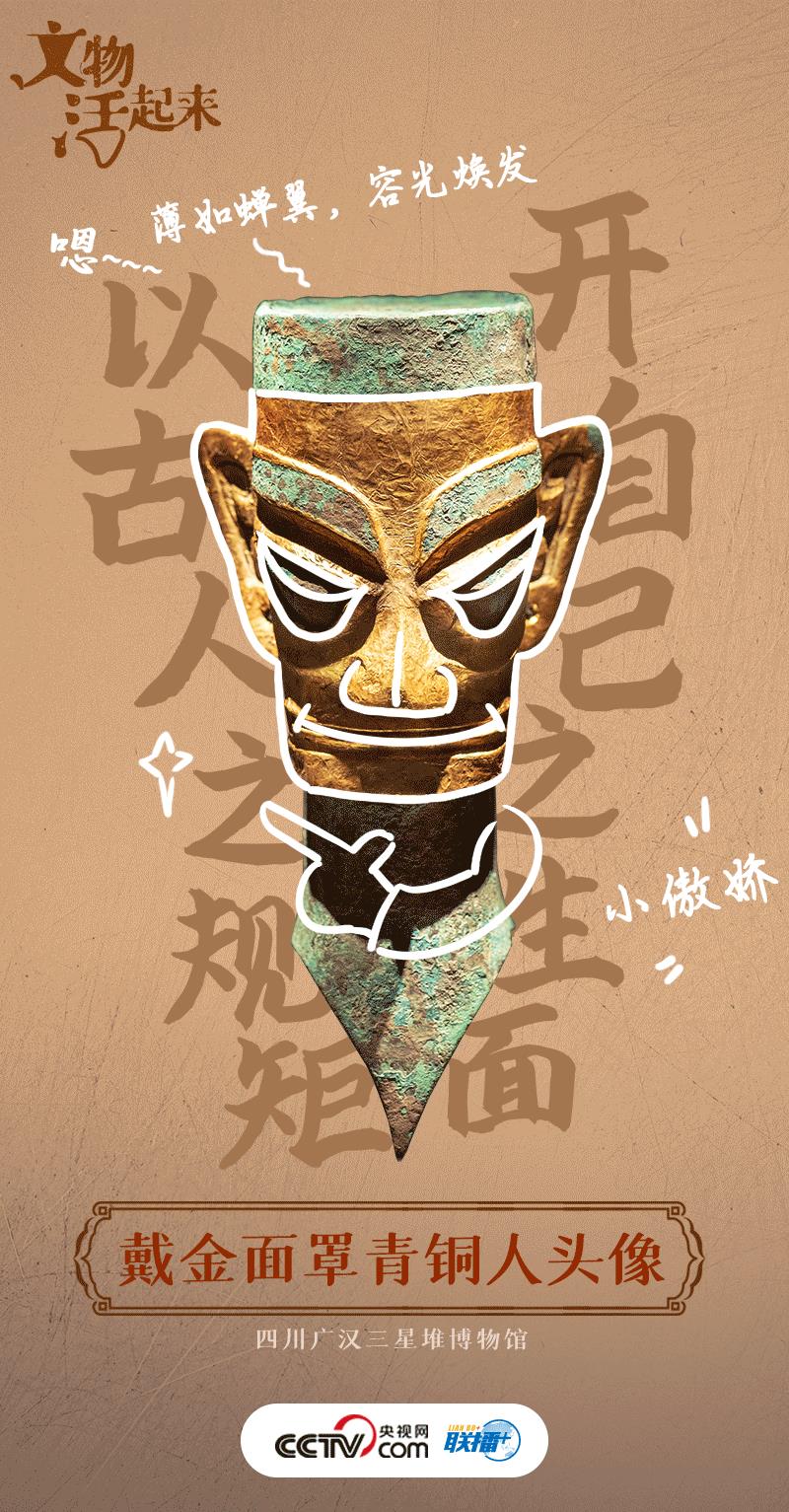
More cultural relics:
According to the existing statistics, there are 57 bronze figures with different styles unearthed in the No.1 and No.2 pits of Sanxingdui, only 4 of which are covered with gold masks, and this one is the best preserved one among the bronze figures unearthed in Sanxingdui. The gold mask is as thin as a cicada’s wing, with a thickness of only 0.2mm.. In ancient Shu, gold was revered, and putting a gold mask on the head of a bronze figure was closely related to religious customs, and it was also a symbol of its noble and authoritative status.
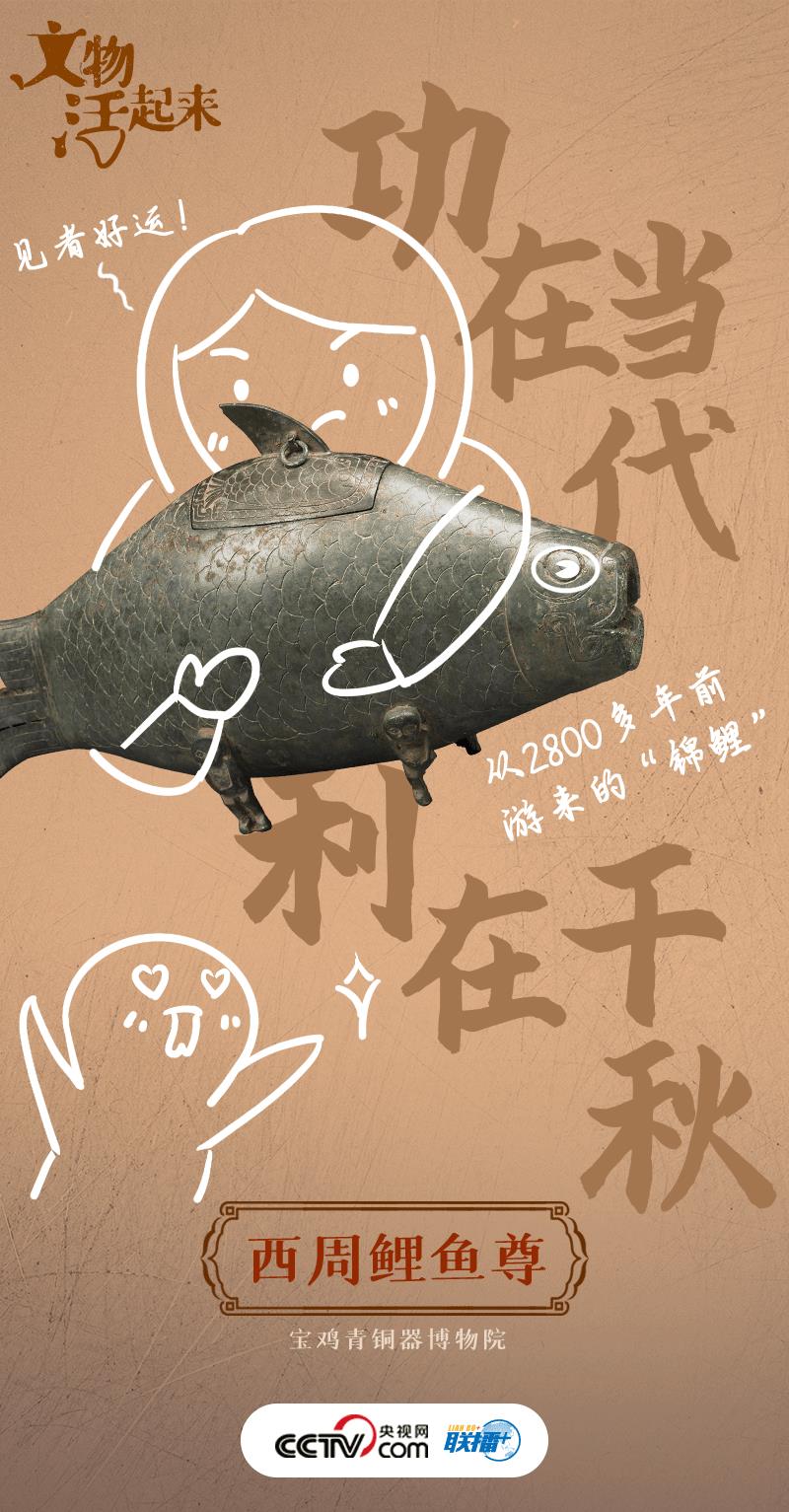
More cultural relics:
This carp statue is the first three-dimensional carp bronze found in China. It is fat but well-proportioned, the scales carved by thin lines are arranged neatly, and there are four "Hercules" under it who hold their bellies with both hands as weight-bearing. This cultural relic is a wine container on the dinner table of the Western Zhou Dynasty. The wine can be poured from the rectangular mouth on the back and then poured out from the open fish mouth.
(Central Radio and Television General Station CCTV Network)
关于作者